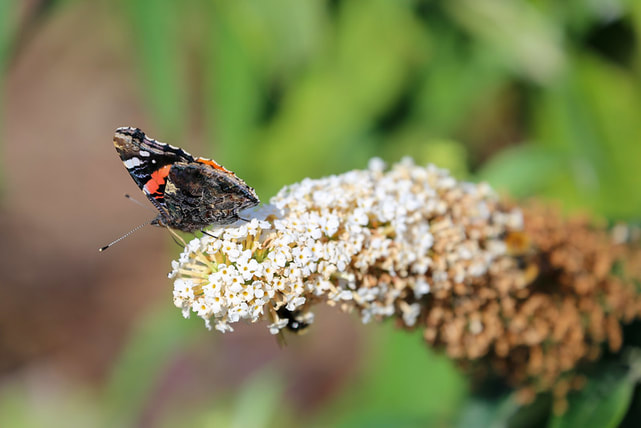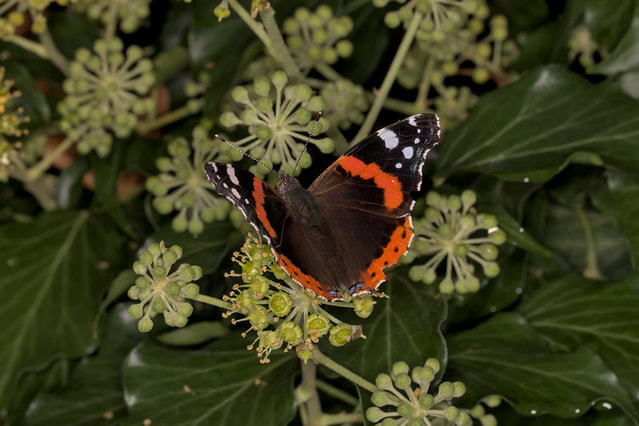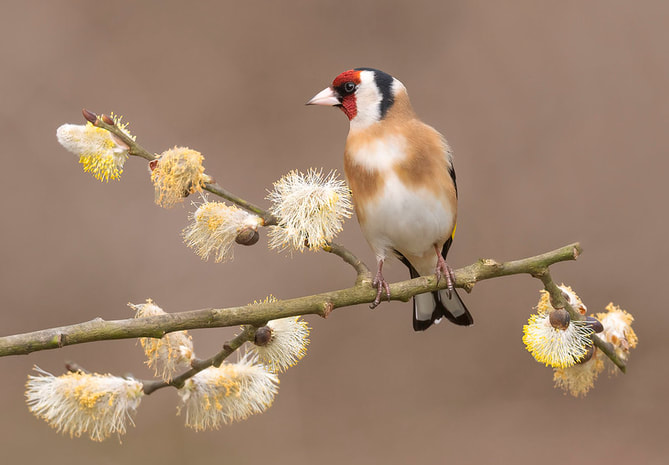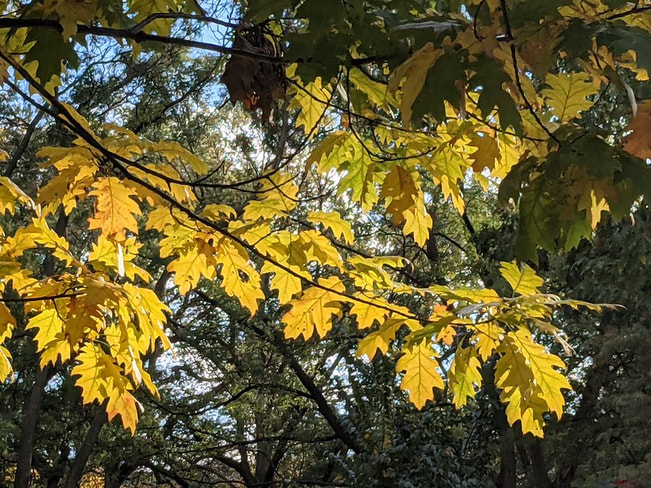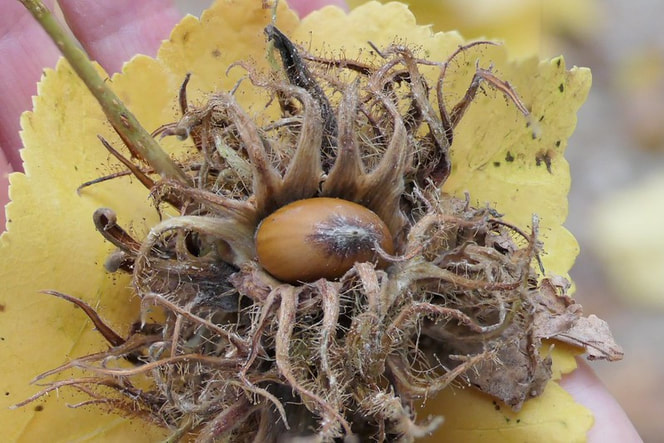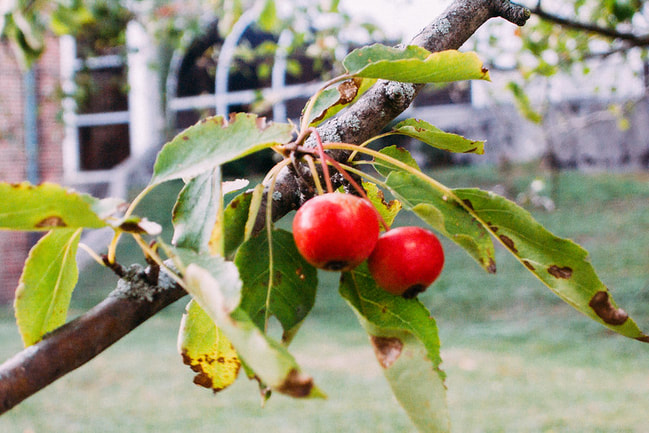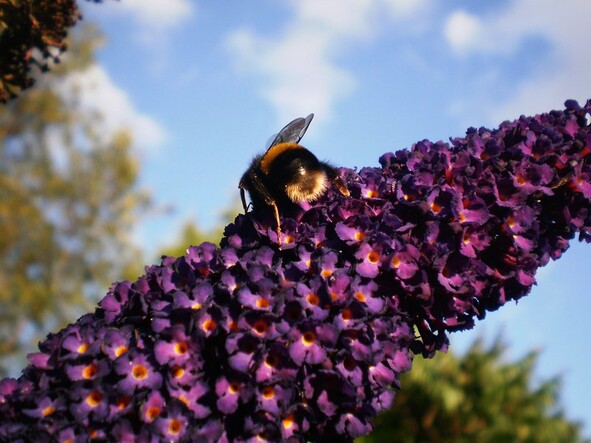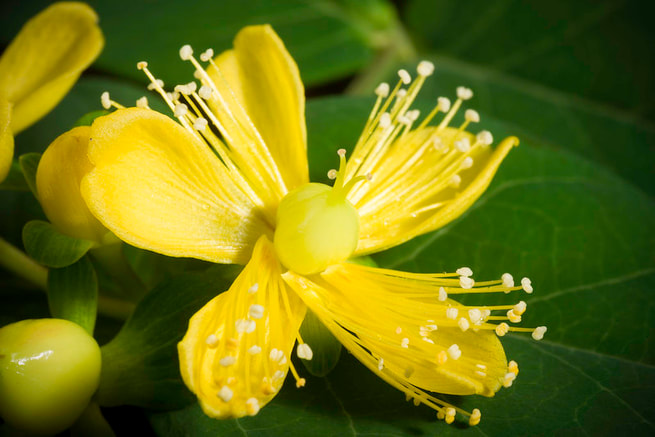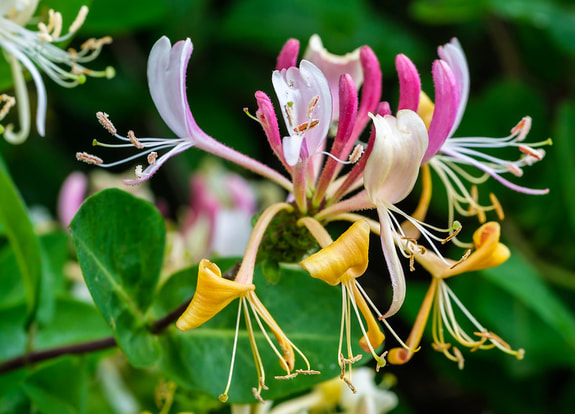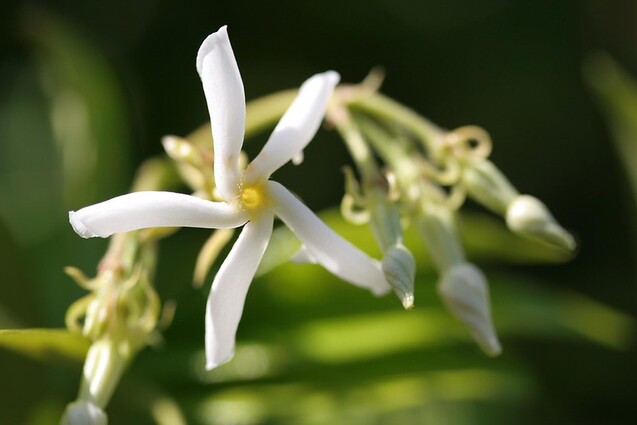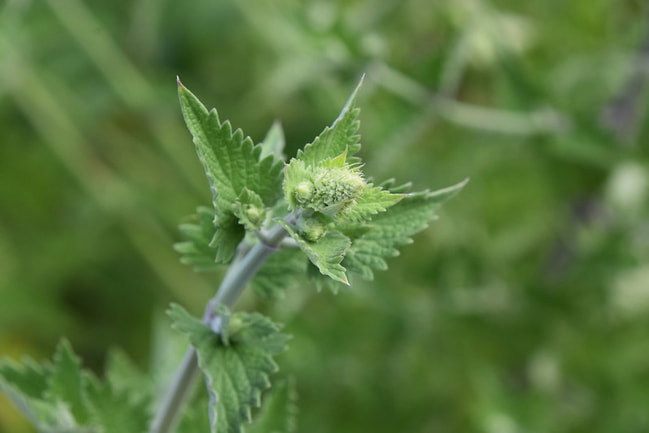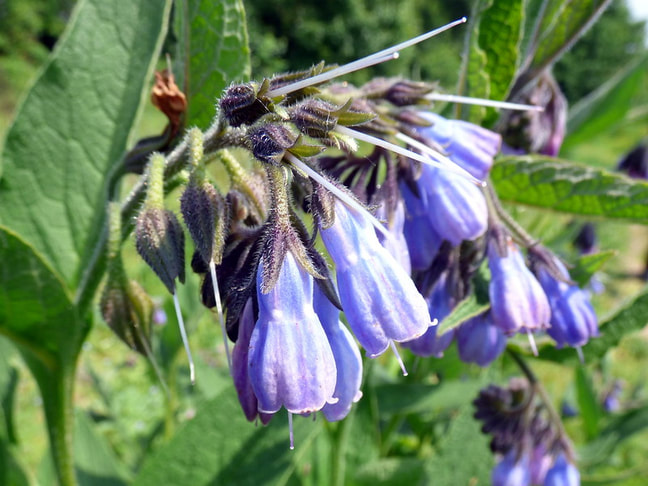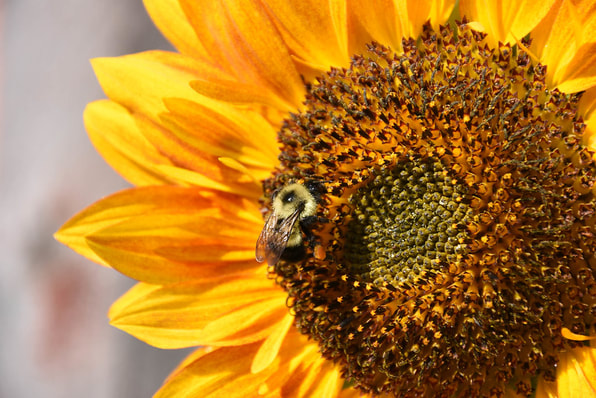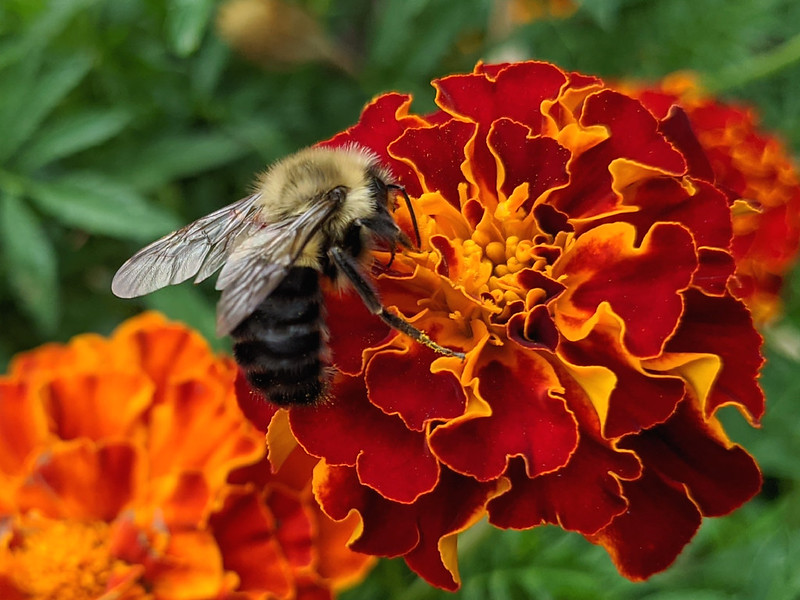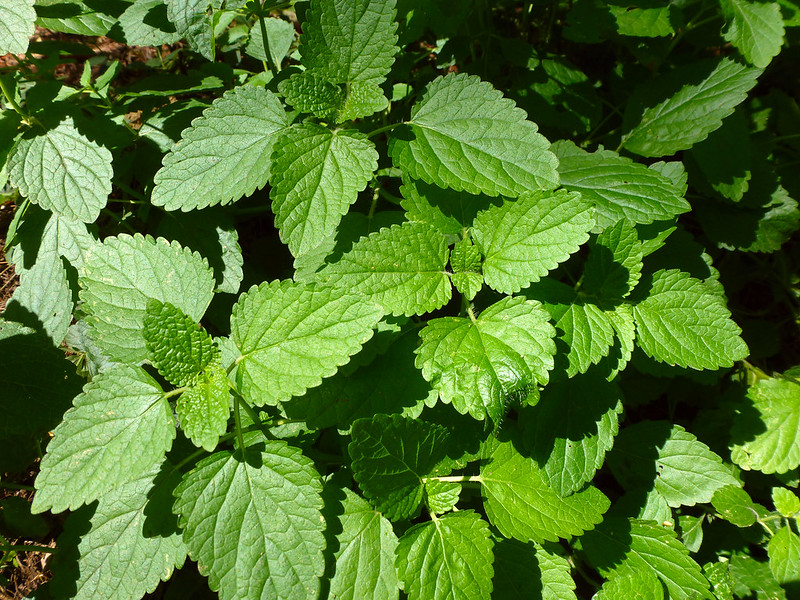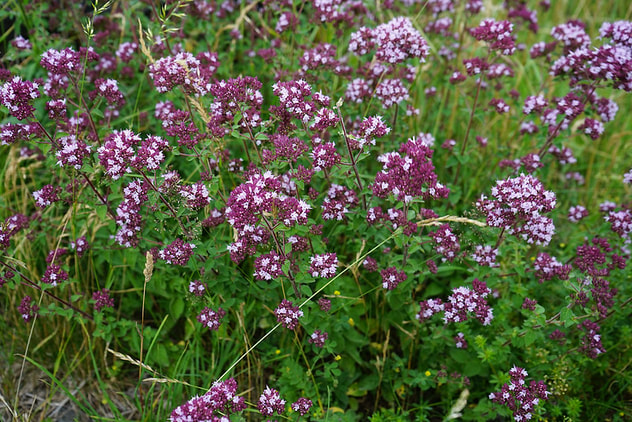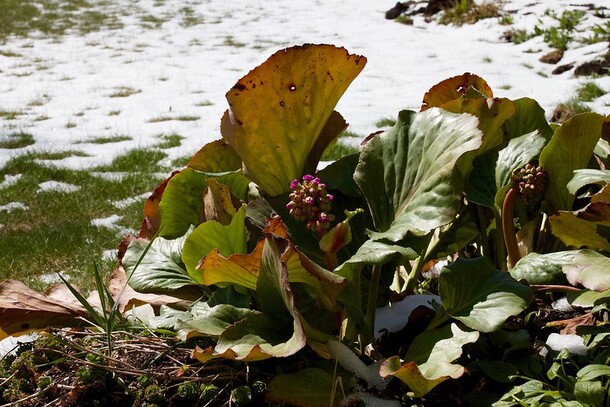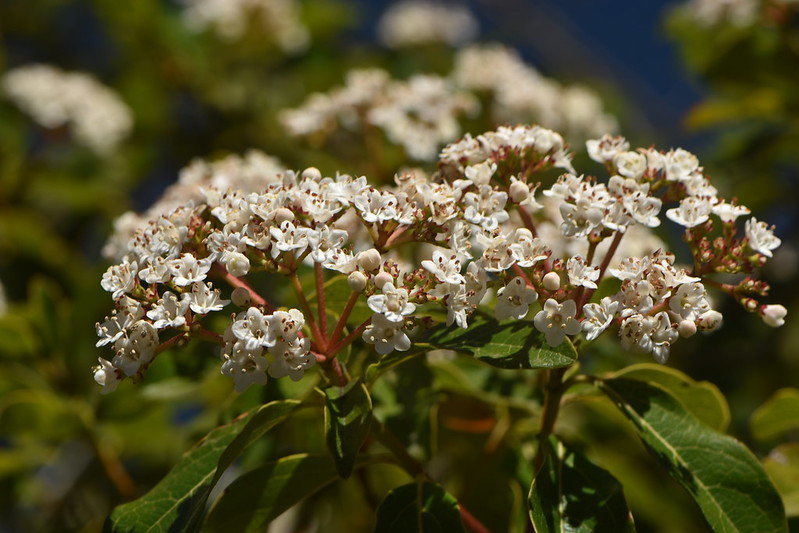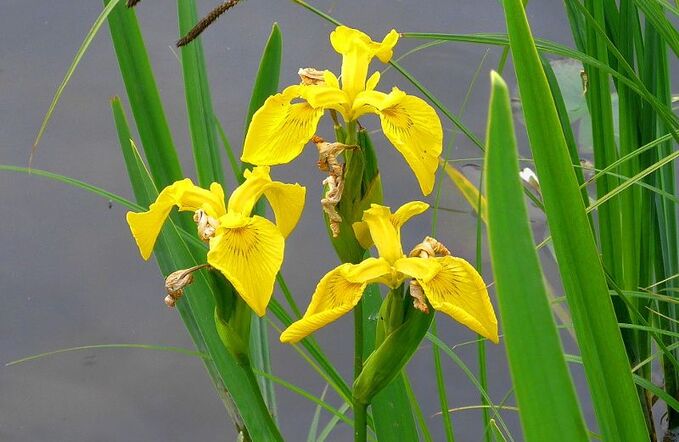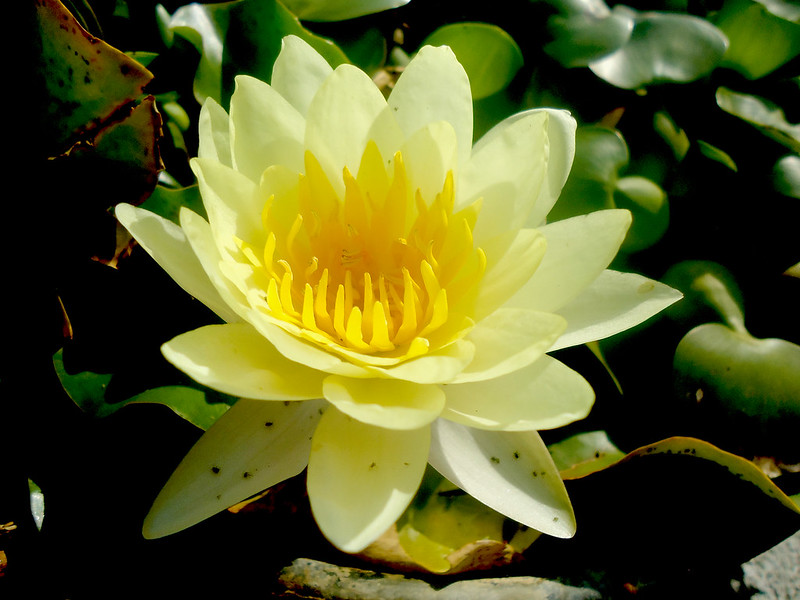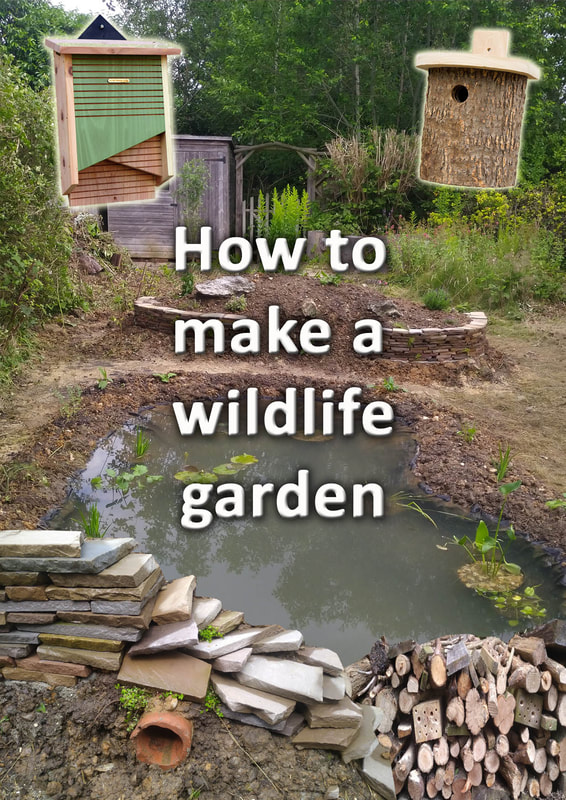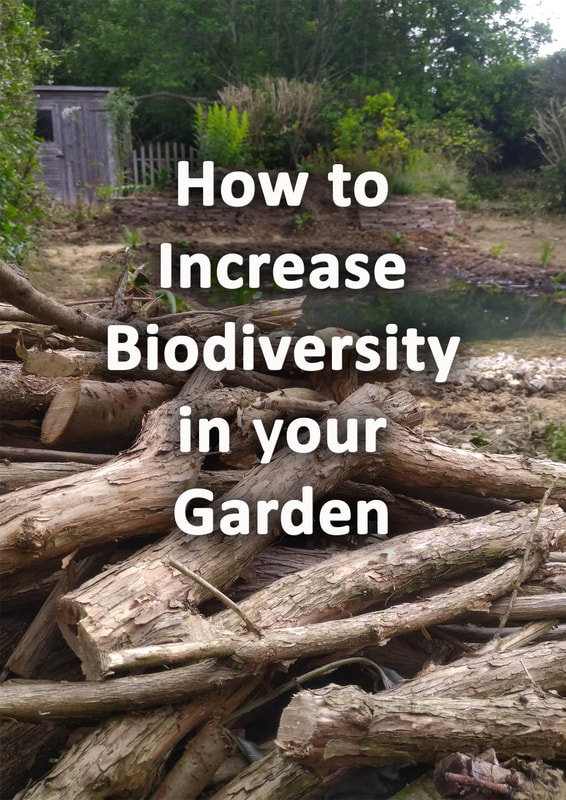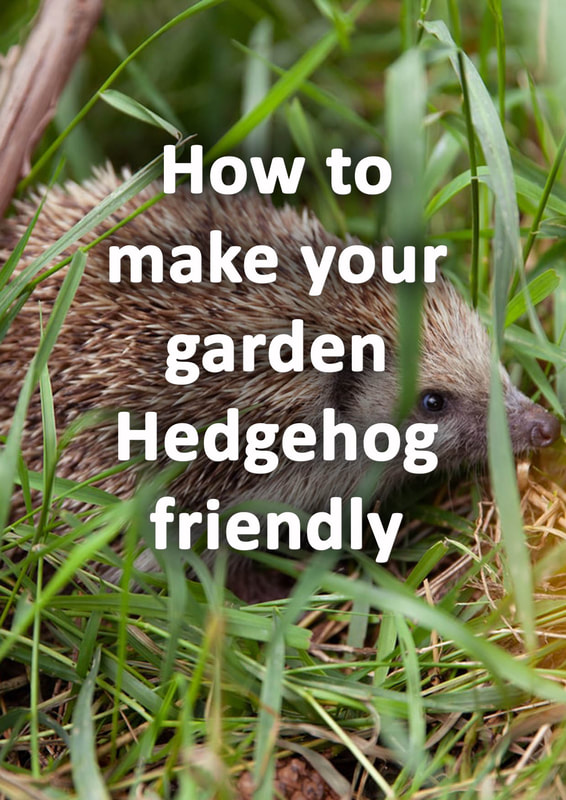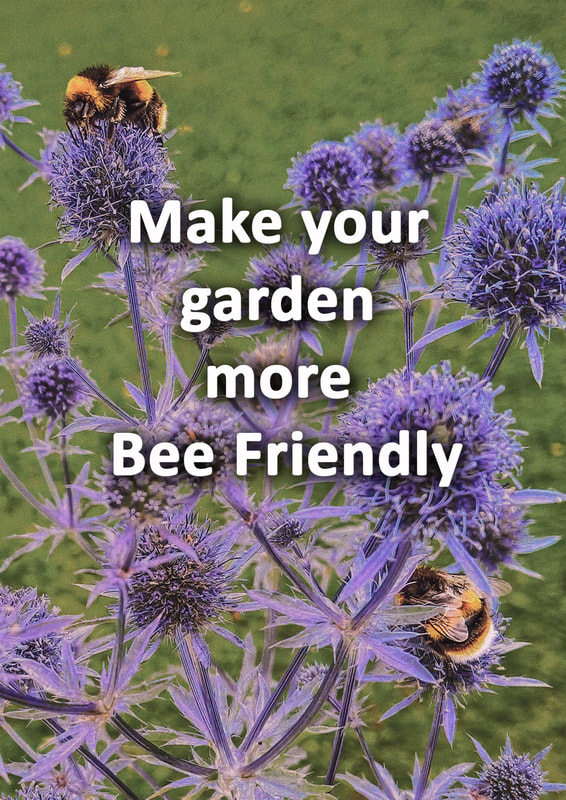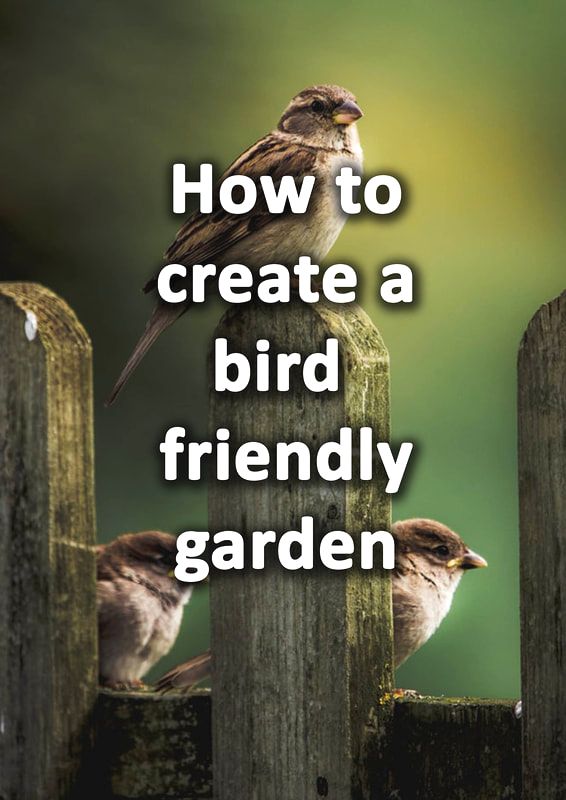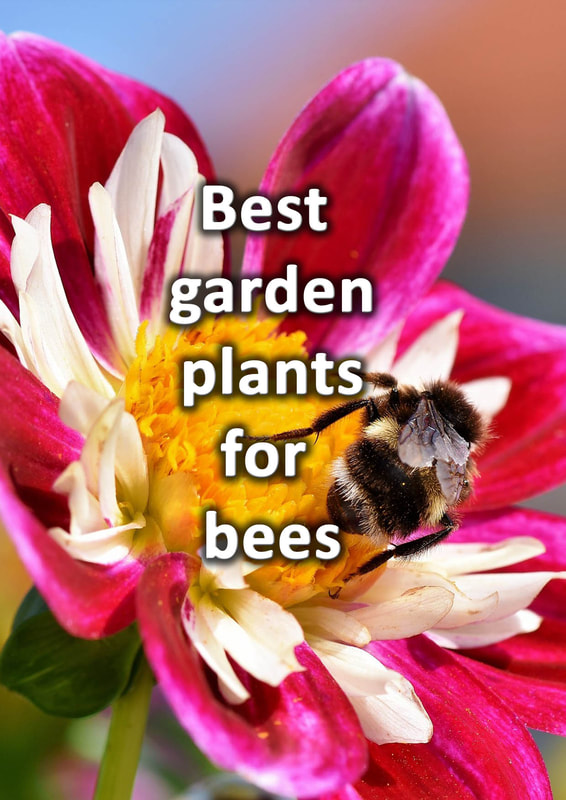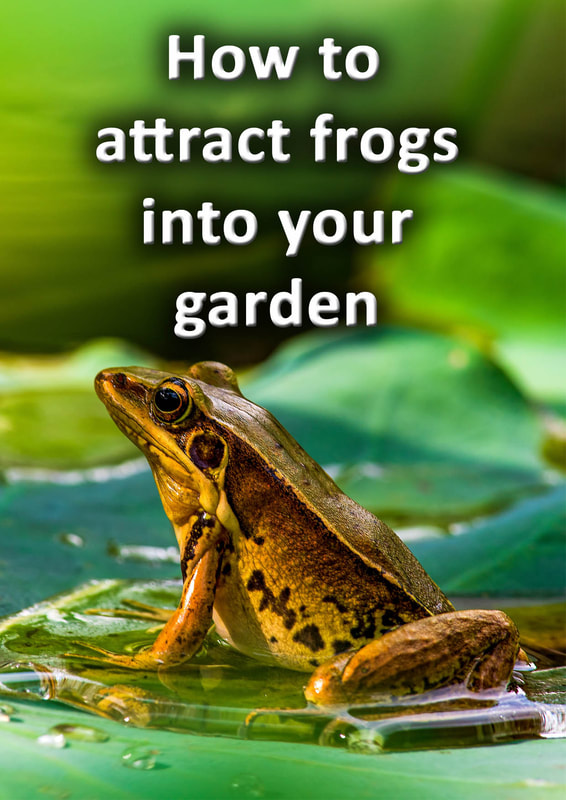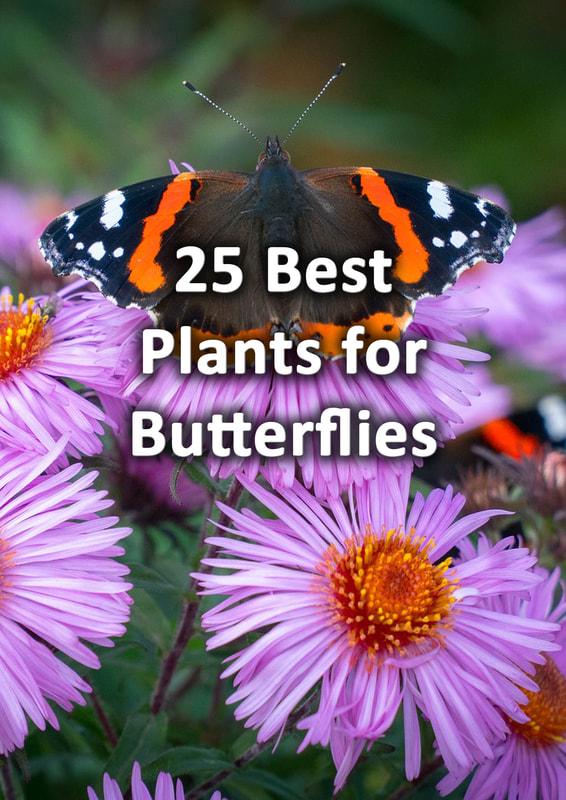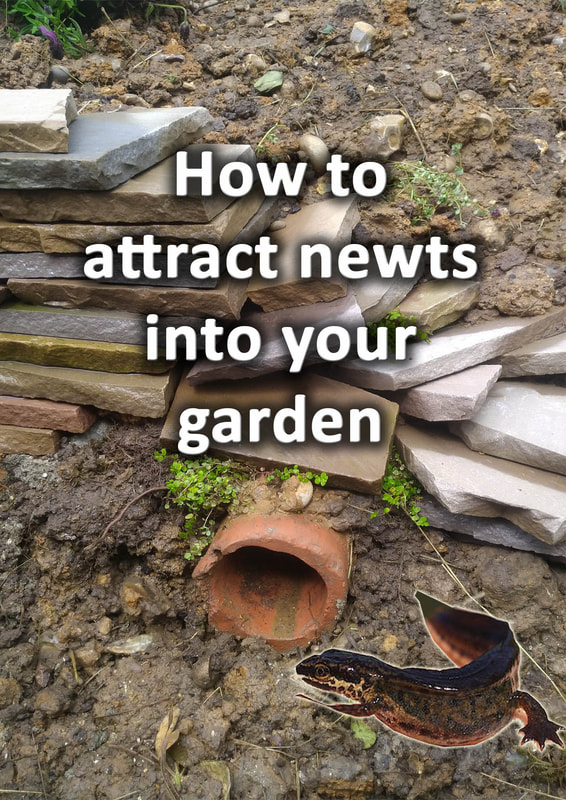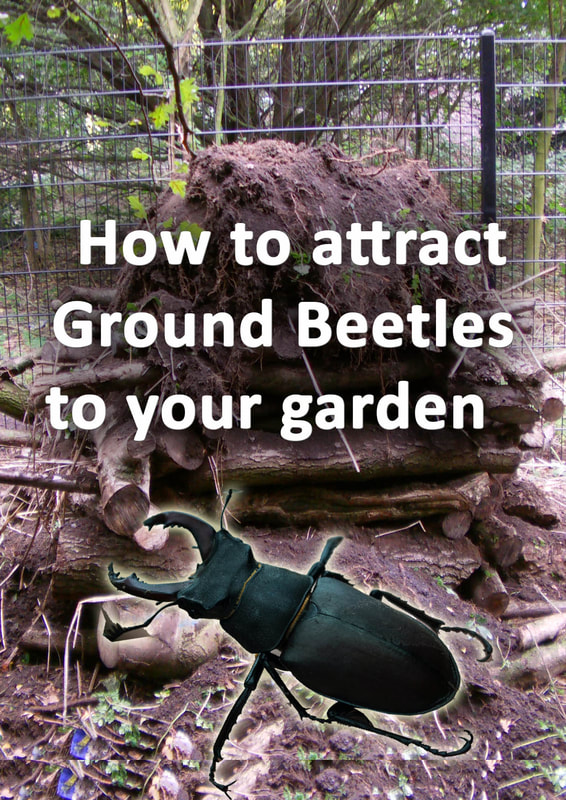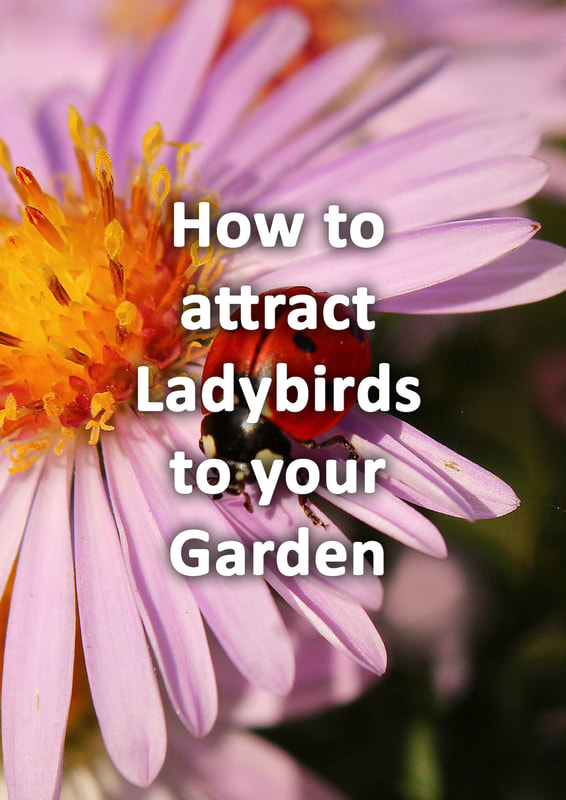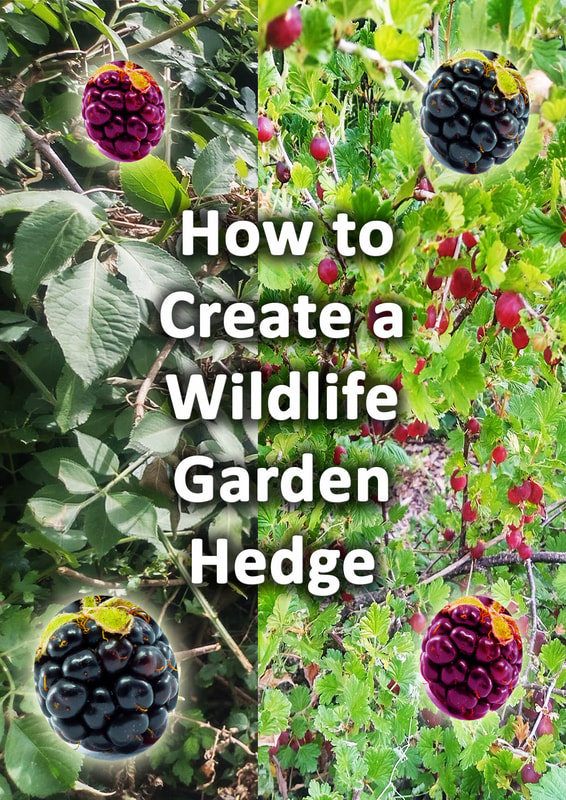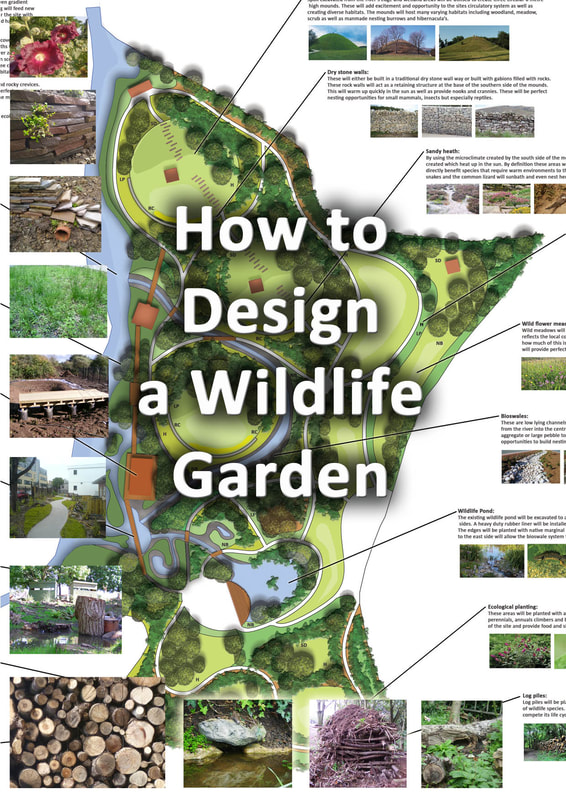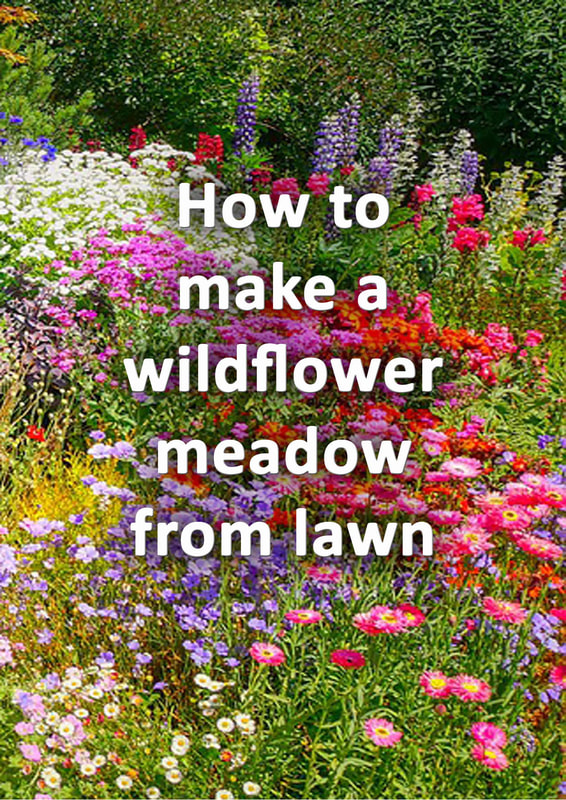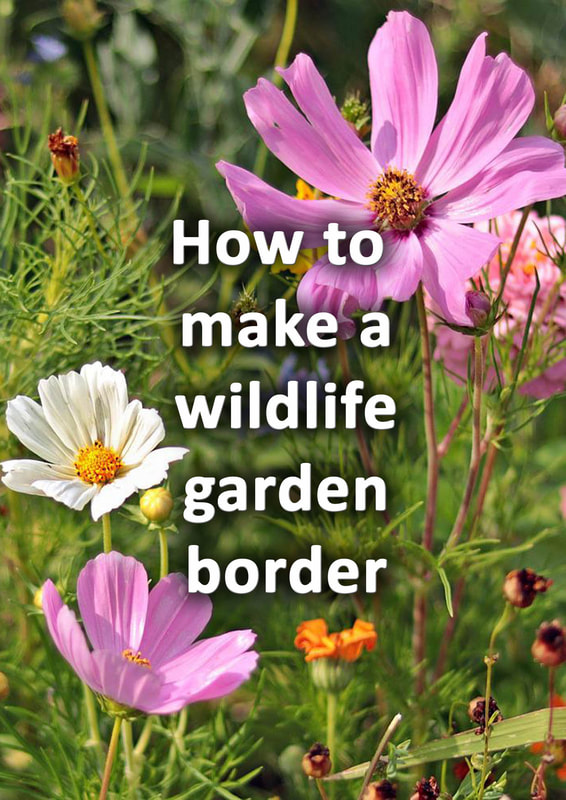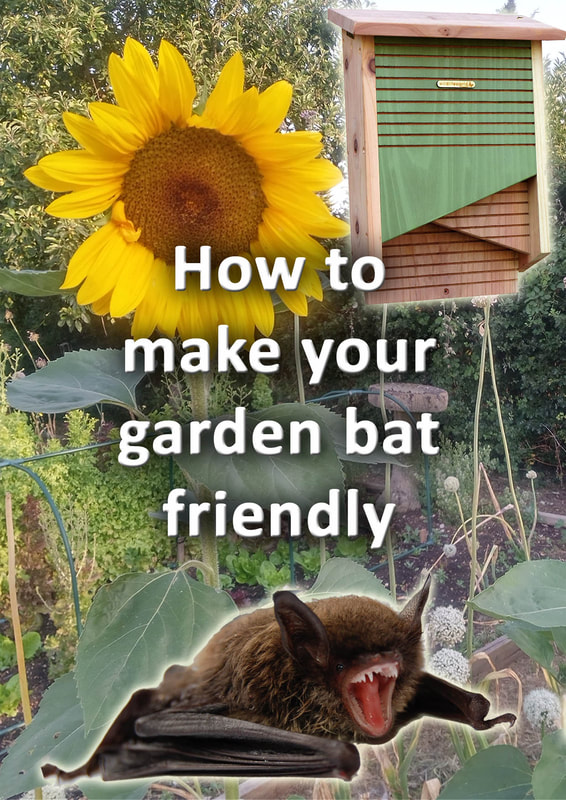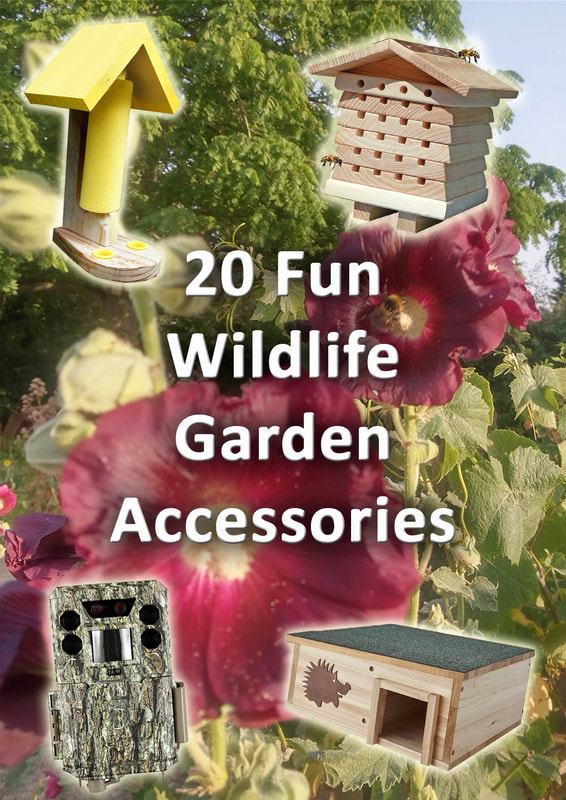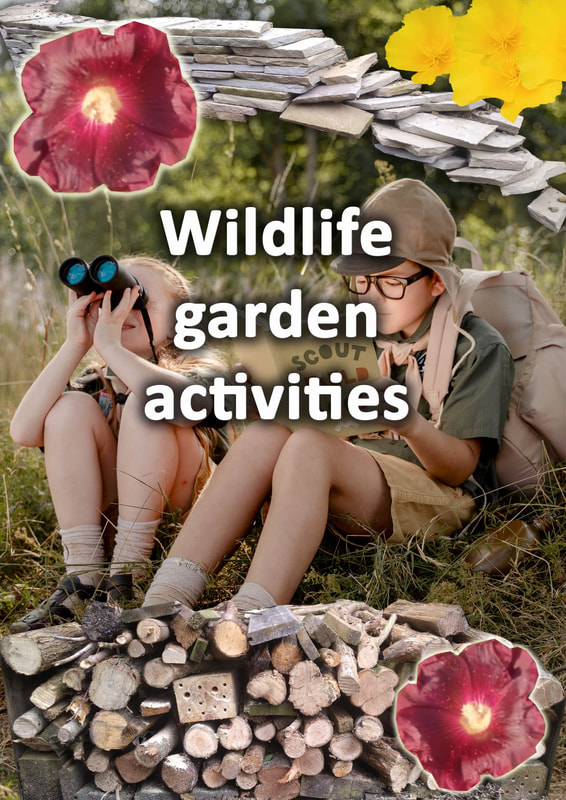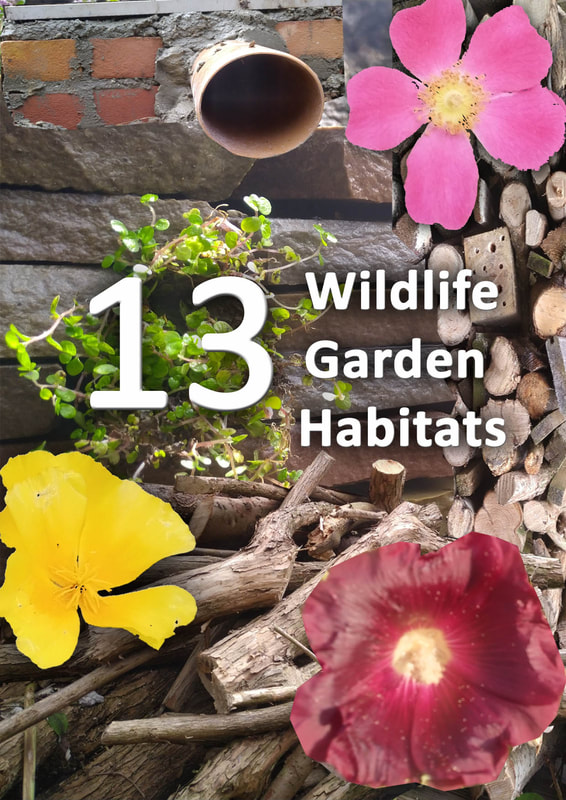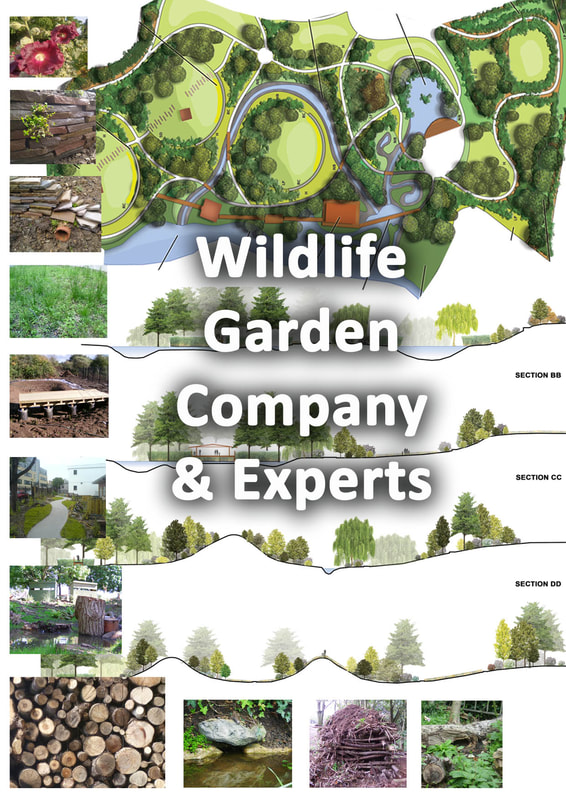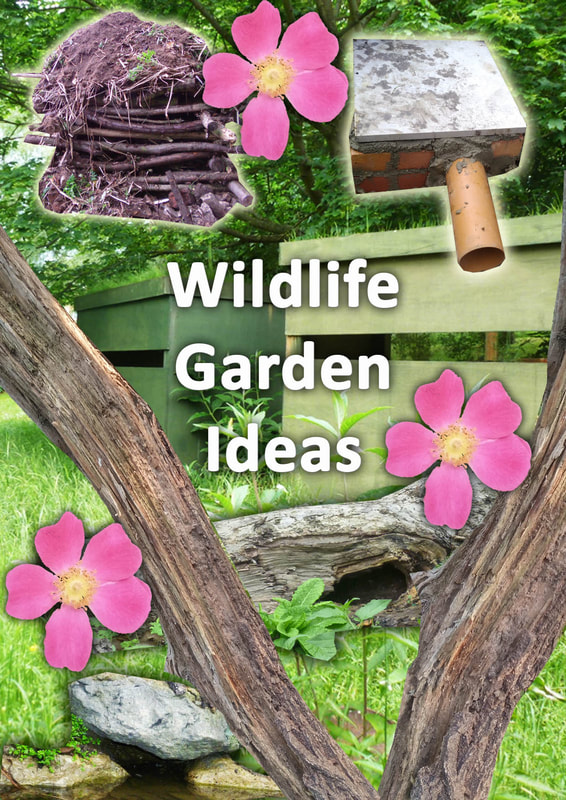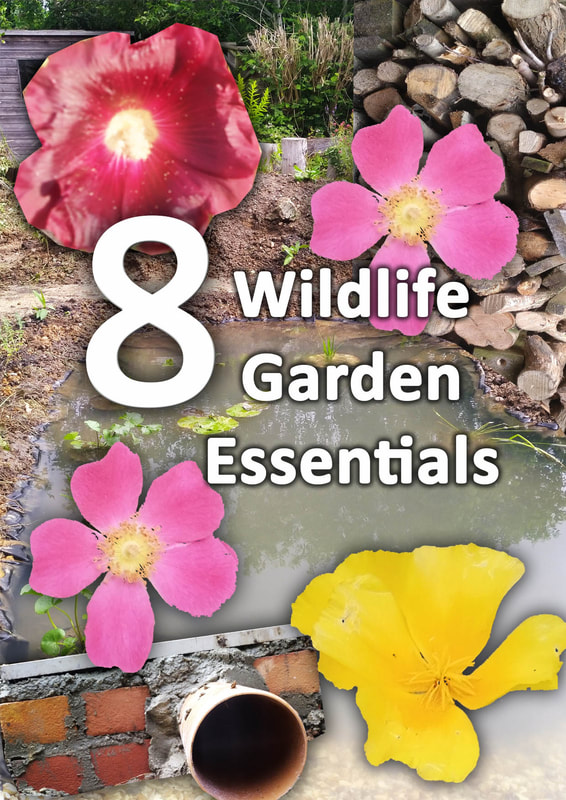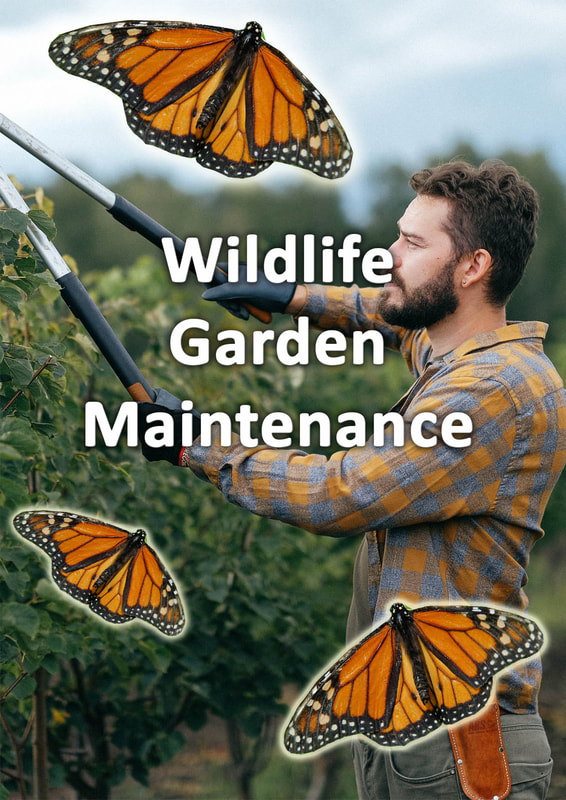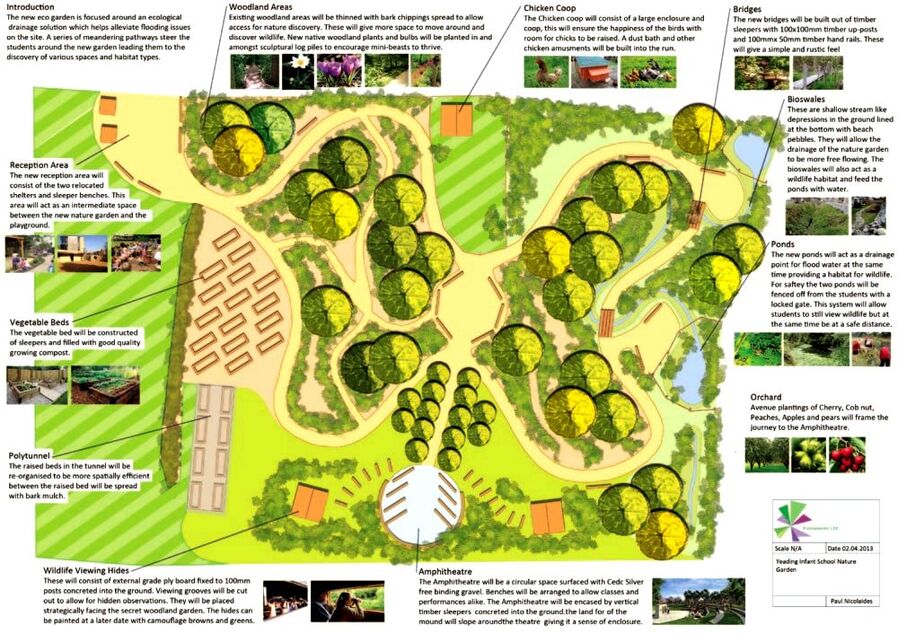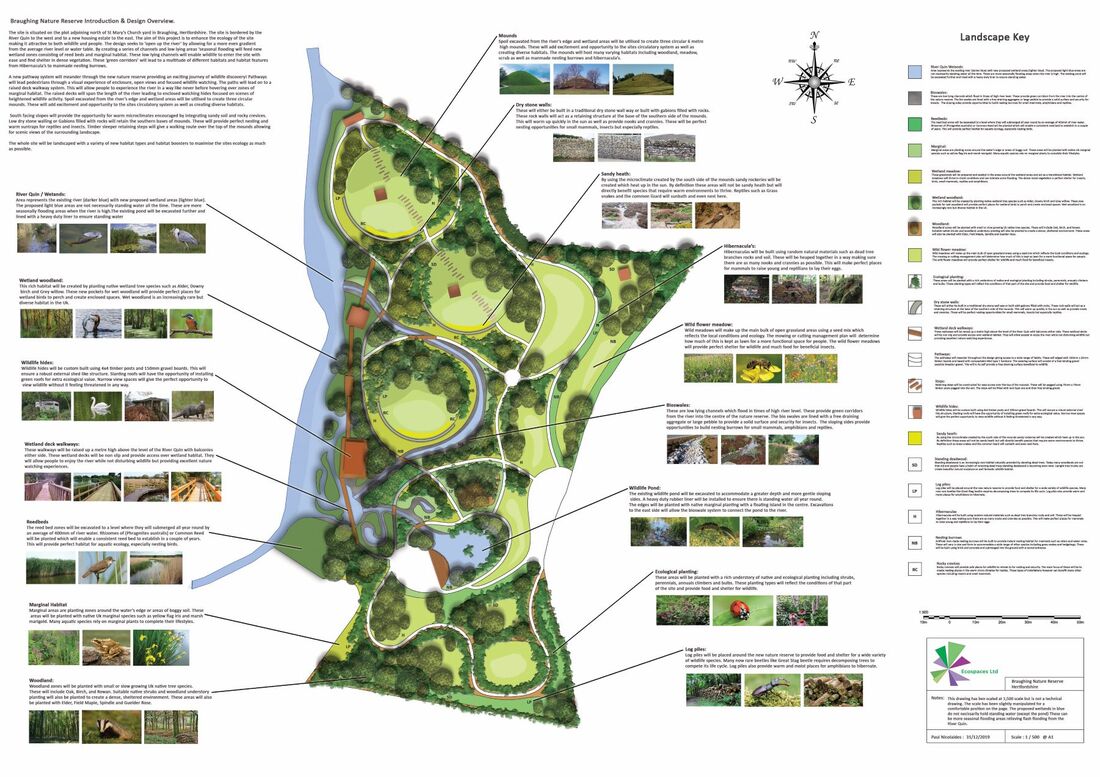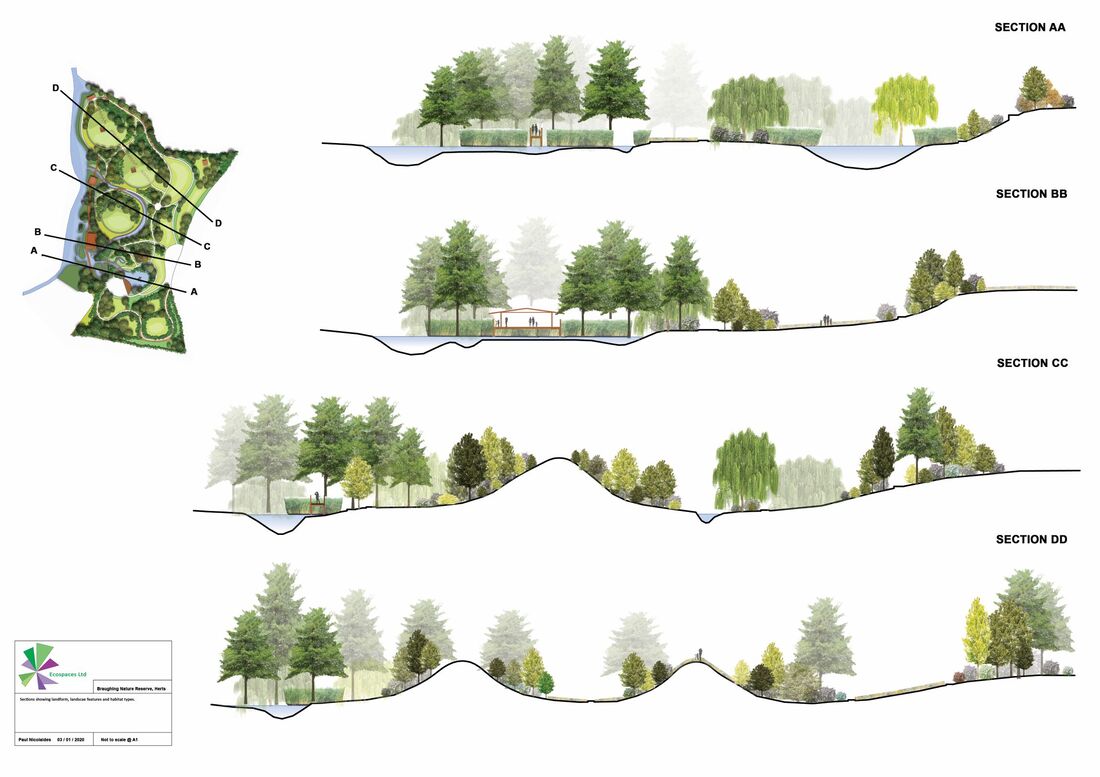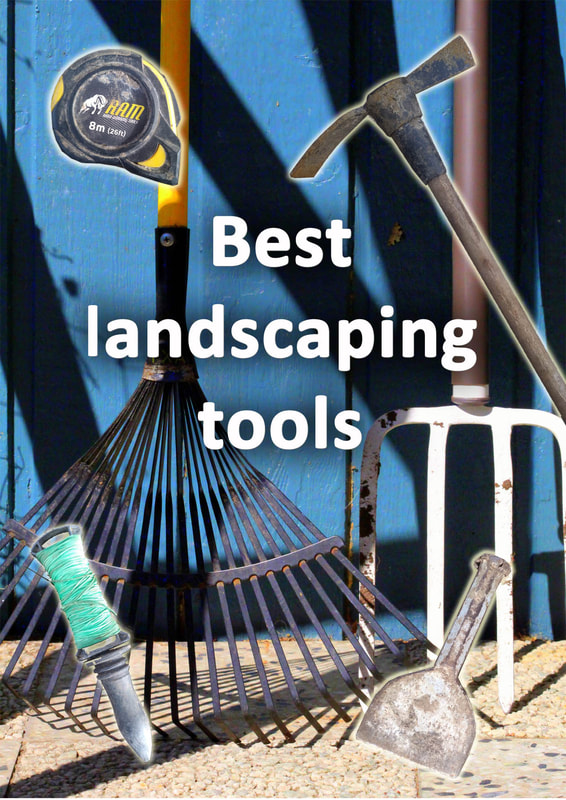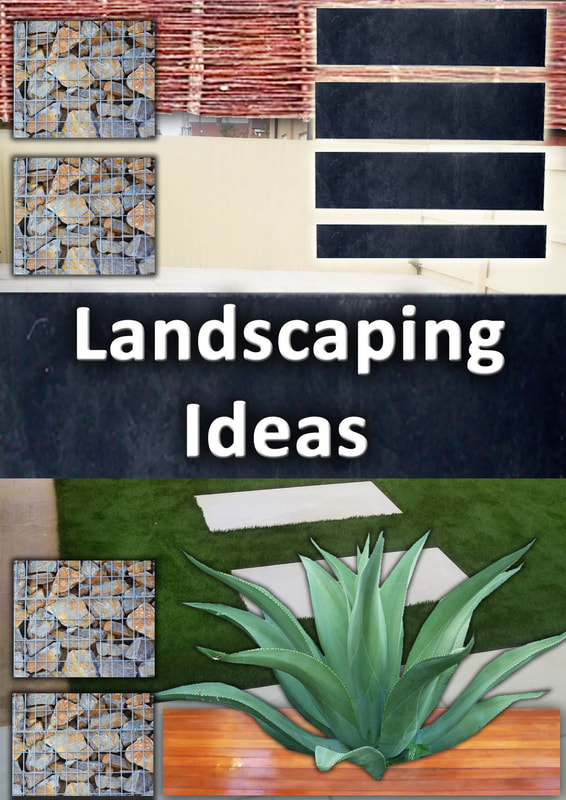|
This article contains affiliate links
In modern times many are becoming increasingly worried about the noticeable decline in wildlife.
Many of us remember times when there were many more sparrows, hedgehogs and butterflies. Sadly it is becoming all to obvious that something is sadly wrong! The statistics are truly worrying; some wildlife species such as hedgehogs have declined by up to 90%. A combination of habitat loss and over development has left our wildlife in a desperate state.
With an ever growing concern for the wider environment it is clear we have to act. However it is extremely difficult when the big decisions rely on the hand of government.
Economic priorities normally directly contradict ecological ones. This can leave us feeling powerless to make a sizable difference to the problem. However it is becoming clear that private gardens have become an important sanctuary for wildlife. With a great variety of plants from all around the word they are thriving with biodiversity.
By making our gardens as wildlife friendly as possible we can all help save important species. One of the best ways of doing this is by planting the best garden plants for wildlife.
Such plants not only provide food but also shelter for wild creatures. We have listed the very best garden plants for wildlife transitioning your garden into a wildlife haven. Best large trees for wildlife
Before mankind began cutting down trees for farmland most of the world was covered in forest. Trees are capable of supporting a remarkable amount of wildlife at every stage of growth. Even when trees die they become alive with species specialised at colonising dead wood. Large trees are not always beneficial for small gardens. However if you have space they can be the best way to give local ecosystems a boost. Below we have listed some of the best large trees for encouraging wildlife.
Best small trees for wildlife
For many people the idea of a large tree in their garden would be both intimidating and impractical. However there are many smaller tree species which are ideal for most gardens. Some of these can be very decorative and provide dramatic seasonal interest. Some of these can provide nesting opportunities, edible fruits and pollen flowers in spring. Some of the best small trees for garden wildlife are fruit and nut trees. Below we have listed some of the best for encouraging wildlife to your garden.
Best shrubs for wildlife
In nature shrubs are plants which take advantage of the transitional zones between woodland and grasslands. These transitional habitats or ‘eco-tones’ are exceptionally important for ecology and rich in wildlife. The compact growing habit of shrubs allows them to absorb large amounts of the suns energy. This forms dense thickets for wildlife to feed and hide in relative safety from predators. This is some of the reason why hedgerows and scrubland provide such good quality wildlife habitat. Below we have listed some of the best garden shrubs for wildlife to get you started.
Best climbers for wildlife
Climbers have evolved to take advantage of tall tree and vertical features within the landscape. These plants typically form a dense mesh of vegetation and can actually smother other plants to death. The dense vegetation that climbers create can provide perfect nesting and overwintering opportunities. Furthermore many climbers provide flowers rich in nectar and edible fruits for a variety of species. Below we have listed some of the best climbers for boosting wildlife in your garden.
Best perennial plants for wildlife
Perennials are plants which re-grow from their roots every year. This process is a natural defence for the plant to defend against cold winters. Perennials have managed to colonise pretty much every ecological niche on the planet, from dense and dark woodlands to open meadows and prairies. The great thing about perennials is they generally look great and at home in flower borders. Therefore below we have listed the best perennial plants for wildlife below.
Best annual plants for wildlife
Annual plants germinate during the spring; grow all year, flower and then die at the end of the season. The nature of their lifecycle means they will prolifically self seed wherever they grow. Annual plants flower a lot which means they generally look amazing in the garden. Prolific flowering also means they can provide lots of food for wildlife. Annual plants are very common in wild flower meadows which are a haven for wildlife. Here we have listed some of the best annual plants for wildlife.
Best herbs for wildlife
Many of us are familiar with the culinary use of herbs in the kitchen but not for encouraging wildlife. Many herbs are a strong attractant for many species of beneficial wildlife. Such habitat value is normally recognised when they flower. We have listed the best herbs for wildlife so you can be ecological and sustainable at the same time.
Best plants for proving shelter for wildlife
When searching for the best plants for wildlife, shelter is sometimes overlooked as an important factor. Shelter is very important for wild creatures to remain hidden from predators and feel secure. Densely growing plants can also provide nesting opportunities for small mammals and birds. Similarly plants with large, low, growing foliage can provide dark, damp, places for amphibians to hide. Below we have named some plants which are perfect for providing extra shelter and security for wildlife.
Best pond plants for wildlife
If there is one habitat in the garden that’s guaranteed to boost levels of wildlife it’s a wildlife pond. Ponds and wetlands host whole ecosystems including plenty of invertebrates, insects, amphibians, and mammals. Not only does the water itself provide a home to wildlife there are also marginal habitats rich in wildlife. Ponds also provide fantastic opportunity for wildlife to drink and bathe in the shallows. Therefore if you really want to encourage wildlife in your garden a pond can go a long way. Below are some of the best aquatic plants that will attract wildlife to your pond and garden.
Further reading
Our company specialises in creating beautiful wildlife gardens that are great for people and wildlife. If you are interested in creating a wildlife garden why not read our complete guide to creating wildlife gardens here.
If you are interested in any of our wildlife garden services why not contact us here Wildlife garden servicesOur wildlife garden services include:
|
The Author
|
Landscaping services across Buckinghamshire, Amersham, Aylesbury & High Wycombe
Hyde Heath, Amersham, Buckinghamshire |
|

